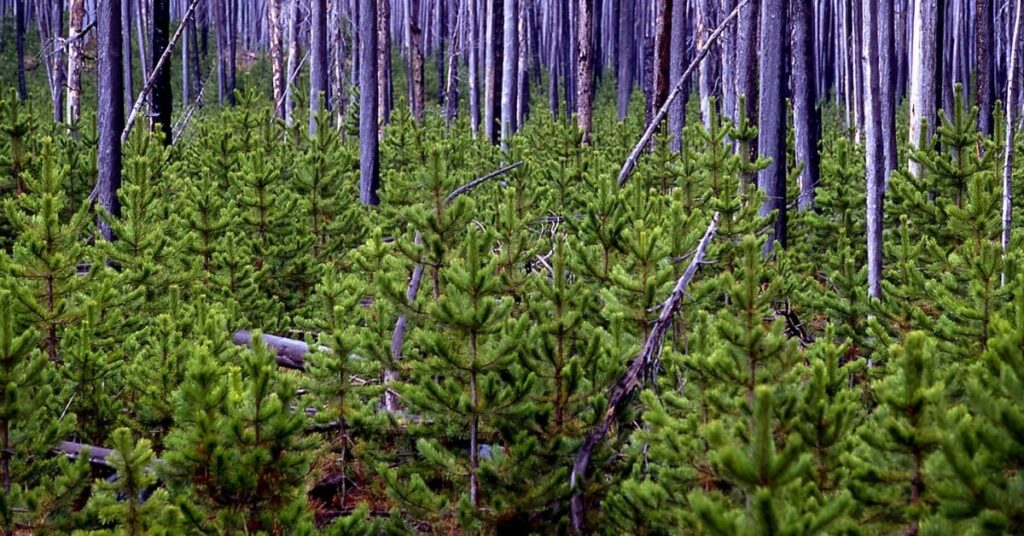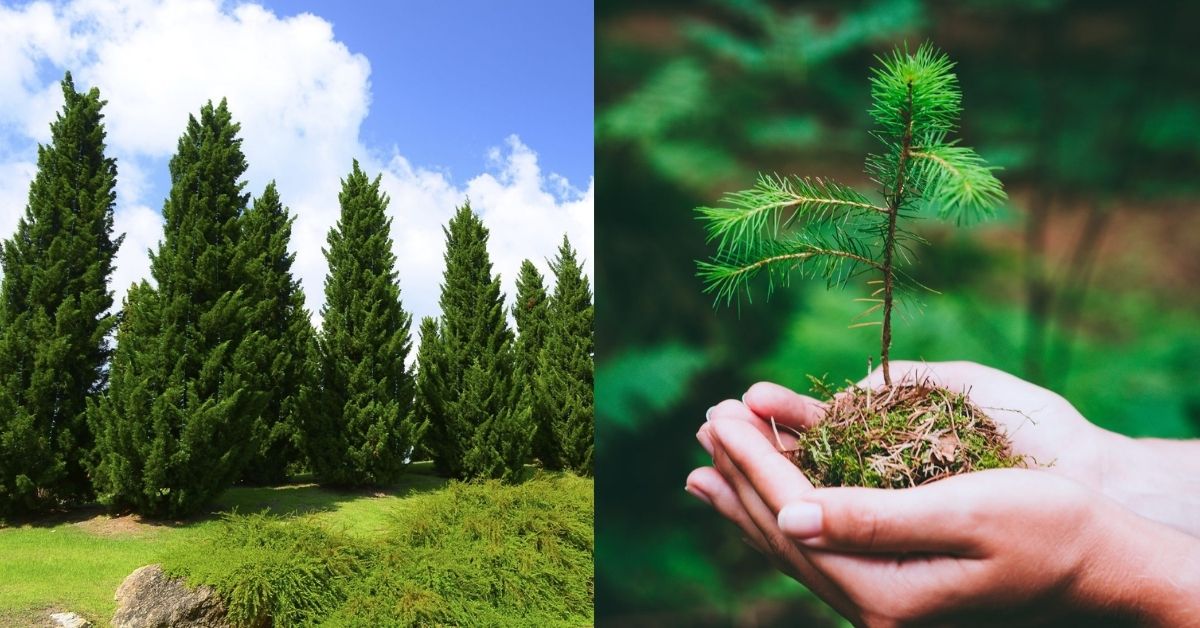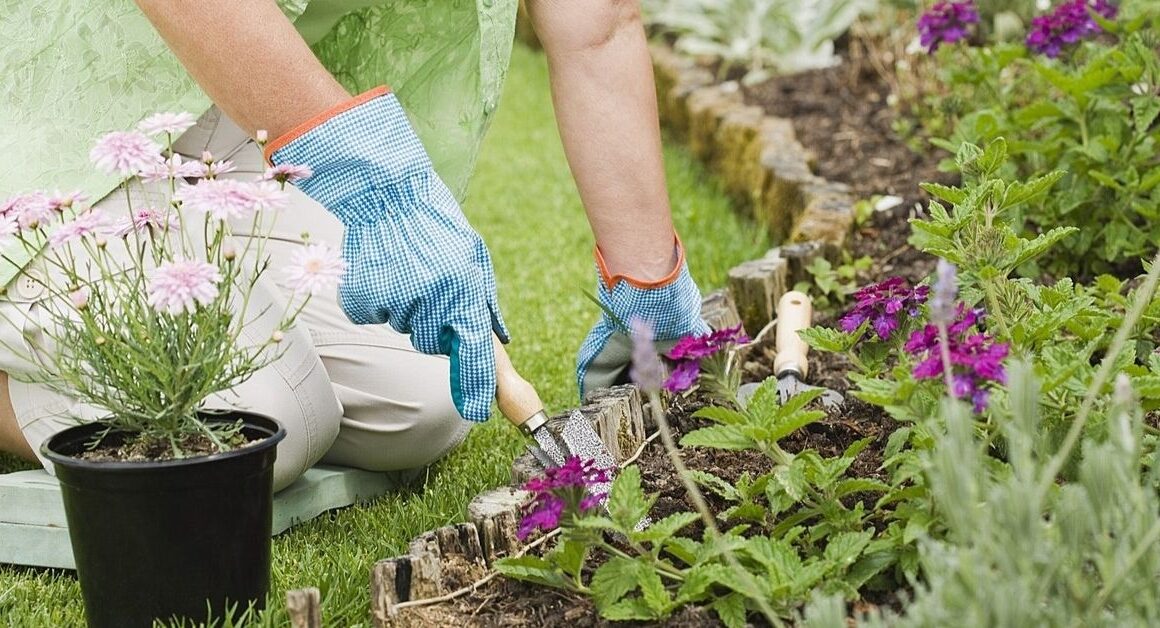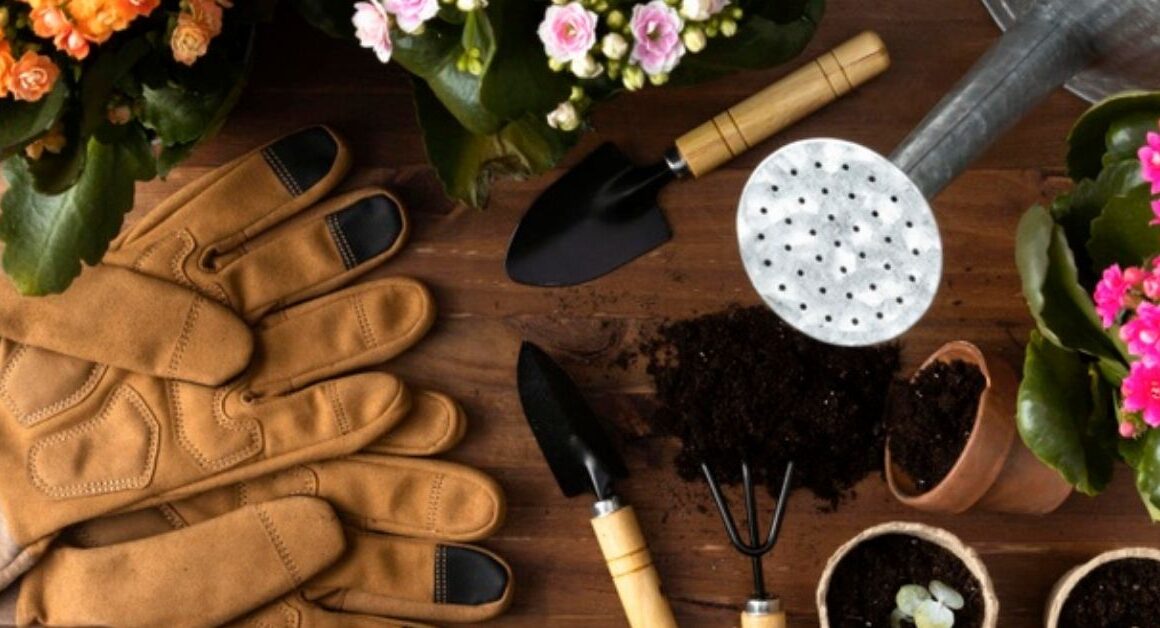Do you want to know about fast-growing trees to beautify your lawn or garden? We recommend you look into pine trees because they are the best of the lot. The thing about pine trees is their great ability to keep leaves throughout the year. That’s why they are always evergreen.
In this article, we will discuss how long does it take a pine tree to grow. So, are you with us?
Let’s get off the ground:
Which Pine Tree Grows The Tallest?
Talk about the tallest pine tree, sugar pines top the list as they can stretch themselves to over 200 feet at maturity. One of the unbelievable features of sugar pines is that they live for an astonishing 500 years. Yes, you’ve read it right – 500 years. The tree can be grown to a diameter of a maximum of 8 feet across.

How Much Do Pine Trees Usually Grow Each Year?
One of the most significant concerns of landscapers is the rate at which they can expect a pine tree to grow. Pine trees are one of the fastest-growing trees. Each year, they grow 2 feet in height. This makes them perfect for privacy screens, hedges, and windbreakers.
Various species of pine trees are there, and every species has a different growth rate. But the provided conditions matter a lot for their optimum growth. Do you want to know about the best time for the growth of these trees? It’s when they are seedlings or young trees.
Based on growth, pine trees can be classified as slow-growing pines, medium-fast growing pines, and fast-growing pines. Virginia pine and longleaf pine are slow-growing pine trees that grow no more than a foot within one year. Red pine and Australian pine are medium-growing pine trees, and they generally grow 1-2 feet a year. Loblolly pines and scotch pines are fast-growing trees, and they can be expected to grow 2 feet or more per year.
Read about more such fascinating gardening : 9 Gardening Tips And Tricks Every Beginner Needs To Know
How Long Will It Take For Pine Tress To Reach Maturity?
It depends on o the variety and spices of pine trees you are growing to know how long it will take to grow a tree to its maturity. On average, a tree that is 25-30 years old can be harvested for wood. Occasionally, it is suggested to wait for almost 50 years before the harvesting of wood so that the tree can be matured—the older the tree, the valuable the wood. For cutting and harvesting a pine tree, a battery-powered chainsaw is the best possible instrument we have to get the job done.
The development of a pine tree can be determined on the basis of its leaves. In the first year, seed leaves will be produced from the new seedling pine trees. After that, the next 6 months to 5 years will produce juvenile leaves. The leaves can be identified by the spiral formation they grow in. Scale leaves will produce after juvenile leaves. However, the scale leaves can be distinguished from juvenile leaves because of being small and brown. Once the tree produces adult needles, it can be called mature.
Read about more: 9 Most Useful Gardening Tools of In 2021

What Are Longest Living Pine Tress On Planet Earth?
As we have discussed earlier, pine trees are classified into slow, medium, and fast-growing trees. However, the small-growing pine trees normally live longer. Two pine trees in the world have the longest life span; the bristlecone pine and the Pinus aristata. Both of them have been reported to live a sensational life of thousands of years. Bristlecone pine has the record of the longest living tree that can be found in the white mountains in New Hampshire. It has been dated at 5,062 years old. Isn’t it amazing?

Bottom Line :
We have discussed all the nitty-gritty of the growth and development of a pine tree, and we hope you have enjoyed reading this article.
However, make sure you hire professional tree-cutting services if you want your garden to look as classy as possible.
So, how about you grow one inside your garden for an added beauty feature?



